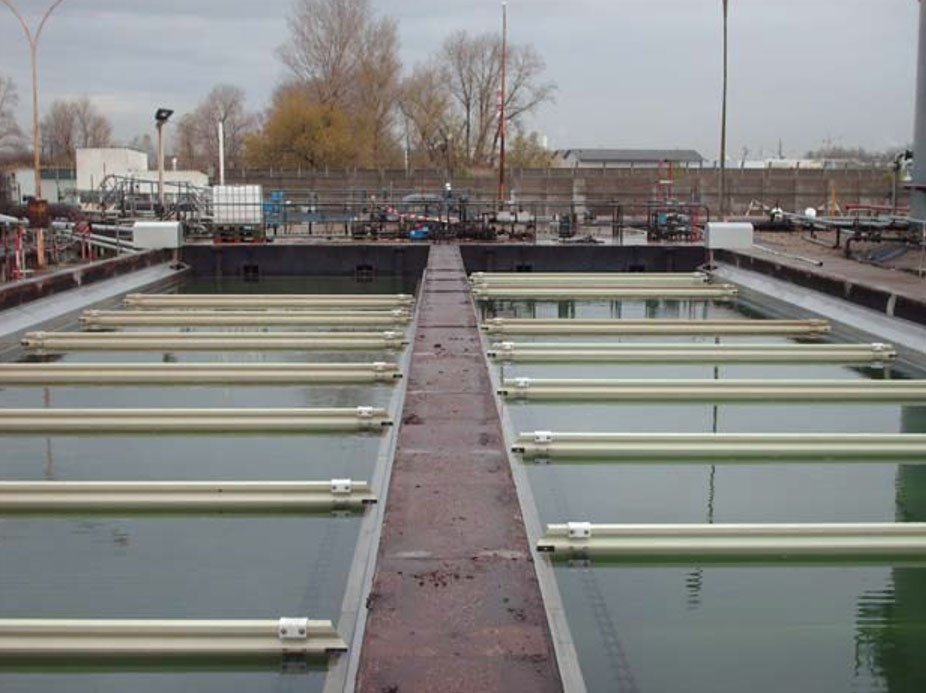- krofta@kroftaengineering.com
- Durga Bhavan A-68, FIEE Complex, Okhla Industrial Area Phase – II, N.D – 110 020
API
API
An API (American Petroleum Institute) oil-water separator is a specialized piece of equipment used in the oil and gas industry and various other industrial applications to separate oil and other hydrocarbons from water. The primary purpose of an API oil-water separator is to efficiently remove oil and suspended solids from wastewater streams, ensuring compliance with environmental regulations and preventing oil-contaminated water from being discharged into the environment. The API Separator is used to remove only free-floating oil which has globule sizes of 150 microns and above.
The separator operates on the principle of gravity separation, taking advantage of the differences in density between oil and water. It consists of a large tank, usually civil constructed tank, with internal baffles

API
Oil water
Separator
Separator
and compartments designed to slow down the flow of water, allowing oil droplets to rise to the surface and be skimmed off, while the clarified water is discharged from the bottom.
Key components and features of an API oil-water separator include:
Inlet Section: Wastewater flows into the separator through an inlet section, where initial mixing and settling occur.
Baffles: Internal baffles and plates within the separator create a flow pattern that encourages the separation of oil and solids from water. These structures help to extend the residence time of the wastewater within the separator, allowing for better separation.
Oil Skimmer: An oil skimming mechanism, often using a floating weir or paddle system, is employed to remove the accumulated oil from the surface of the water.
Sludge Chamber: Settled solids and heavier contaminants settle at the bottom of the separator and are collected in a sludge chamber for periodic removal.
Outlet Section: Clarified water is collected from the lower portion of the separator and is usually further treated before being discharged into the environment.
Popular Applications
- Oil Refineries
- Petrochemical Plants
- Power Plants

